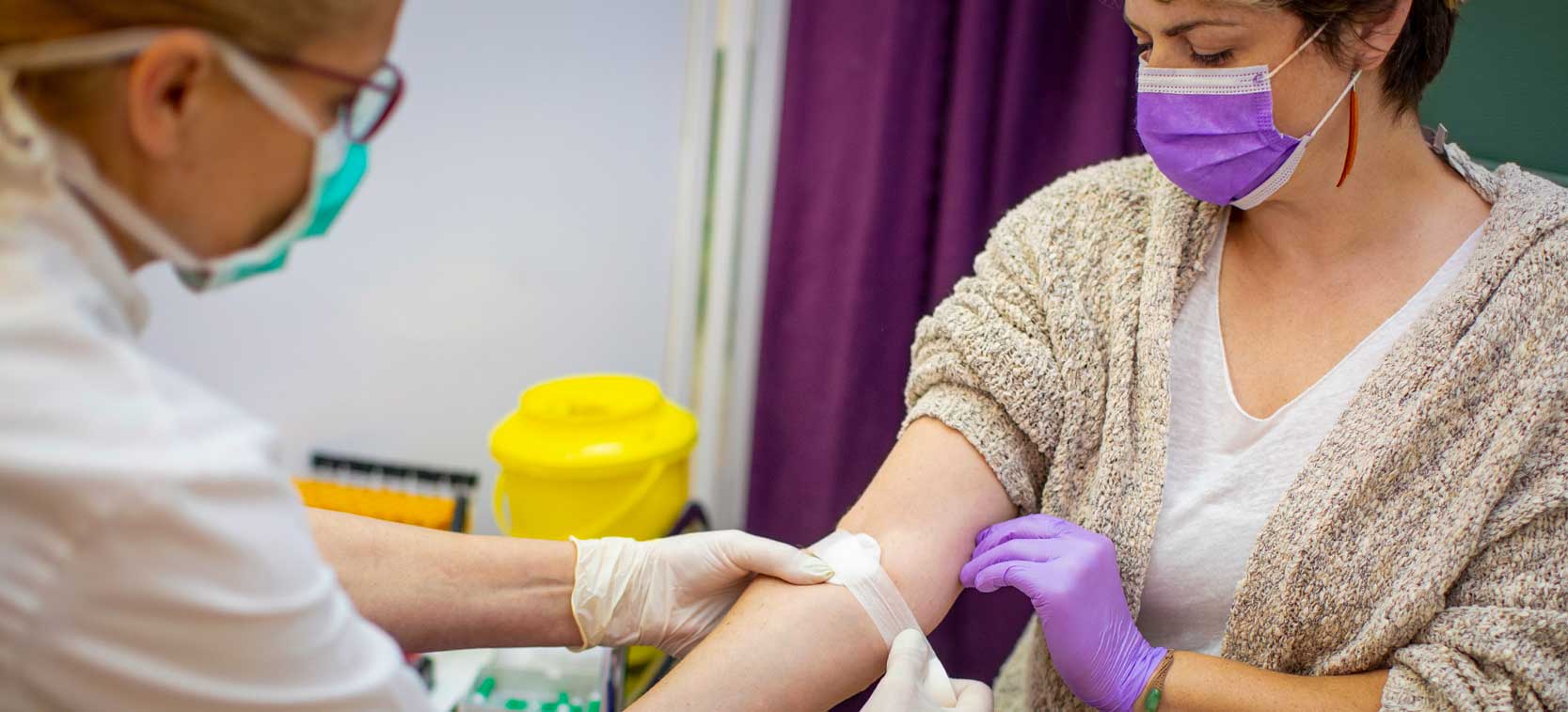The 4-Minute Rule for Northeast Medical Institute - New Haven Campus Phlebotomy Course & Cna Class
The 4-Minute Rule for Northeast Medical Institute - New Haven Campus Phlebotomy Course & Cna Class
Blog Article
The 9-Minute Rule for Northeast Medical Institute - New Haven Campus Phlebotomy Course & Cna Class
Table of ContentsAll About Northeast Medical Institute - New Haven Campus Phlebotomy Course & Cna ClassNot known Factual Statements About Northeast Medical Institute - New Haven Campus Phlebotomy Course & Cna Class Getting The Northeast Medical Institute - New Haven Campus Phlebotomy Course & Cna Class To WorkNortheast Medical Institute - New Haven Campus Phlebotomy Course & Cna Class for DummiesThe Greatest Guide To Northeast Medical Institute - New Haven Campus Phlebotomy Course & Cna ClassWhat Does Northeast Medical Institute - New Haven Campus Phlebotomy Course & Cna Class Mean?
The use of such devices ought to be gone along with by other infection prevention and control techniques, and training in their use. Not all safety devices are suitable to phlebotomy. Prior to picking a safety-engineered device, individuals should completely explore available gadgets to establish their suitable usage, compatibility with existing phlebotomy methods, and effectiveness in shielding personnel and people (12, 33).For setups with reduced resources, expense is a motoring variable in procurement of safety-engineered tools - PCT Training. Where safety-engineered gadgets are not available, skilled usage of a needle and syringe is acceptable. Unexpected direct exposure and details details regarding an incident should be taped in a register. Support services should be advertised for those who go through unintended direct exposure.
labelling); transport conditions; interpretation of outcomes for medical monitoring. In an outpatient department or center, supply a dedicated phlebotomy workstation containing: a tidy surface area with two chairs (one for the phlebotomist and the various other for the client); a hand wash basin with soap, running water and paper towels; alcohol hand rub. In the blood-sampling room for an outpatient department or facility, provide a comfortable reclining sofa with an arm rest.
Northeast Medical Institute - New Haven Campus Phlebotomy Course & Cna Class - Questions
Make certain that the signs for blood sampling are plainly defined, either in a written method or in recorded guidelines (e.g. in a laboratory type). Accumulate all the equipment needed for the treatment and area it within safe and very easy reach on a tray or cart, making certain that all the items are plainly noticeable.
Introduce on your own to the person, and ask the person to state their full name. Check that the laboratory type matches the person's identification (i.e. match the individual's details with the lab type, to guarantee accurate identification).
Make the patient comfortable in a supine setting (preferably). Area a tidy paper or towel under the person's arm. Discuss the examination to be executed (see Annex F) and obtain verbal permission. The patient has a right to reject a test at any time prior to the blood sampling, so it is necessary to ensure that the client has understood the procedure.
Northeast Medical Institute - New Haven Campus Phlebotomy Course & Cna Class Can Be Fun For Anyone
Prolong the patient's arm and evaluate the antecubital fossa or forearm. Locate a blood vessel of a good dimension that is noticeable, straight and clear. The representation in Area 2.3, shows common positions of the vessels, yet numerous variations are feasible. The median cubital capillary exists between muscular tissues and is typically one of the most easy to pierce.
DO NOT insert the needle where blood vessels are drawing away, because this boosts the chance of a haematoma. Finding the vein will aid in determining the right dimension of needle.
Haemolysis, contamination and presence of intravenous liquid and medication can all alter the outcomes (39. Nursing staff and medical professionals may access central venous lines for specimens adhering to protocols. Specimens from central lines bring a threat of contamination or erroneous lab examination outcomes. It is appropriate, yet not optimal, to injure samplings when initial presenting an in-dwelling venous gadget, before attaching the cannula to the intravenous fluids.
Not known Details About Northeast Medical Institute - New Haven Campus Phlebotomy Course & Cna Class
Failure to permit sufficient contact time boosts the danger of contamination. DO NOT touch the cleansed website; in specific, DO NOT position a finger over the vein to direct the shaft of the subjected needle.
Ask the person to develop a fist so the veins are more famous. Get in the blood vessel promptly at a 30 degree angle or less, and remain to introduce the needle along the vein at the easiest angle of entrance - Phlebotomy Courses. When enough blood has actually been gathered, launch the tourniquet prior to taking out the needle
Unknown Facts About Northeast Medical Institute - New Haven Campus Phlebotomy Course & Cna Class
Withdraw the needle carefully and use gentle pressure to the website with a tidy gauze or completely dry cotton-wool ball. Ask the client to hold the gauze or cotton woollen in position, with the arm prolonged and raised. Ask the client NOT to flex the arm, due to the fact that doing so triggers a haematoma.

Northeast Medical Institute - New Haven Campus Phlebotomy Course & Cna Class for Dummies
Do not push see this site the syringe plunger because extra pressure enhances the risk of haemolysis. Where feasible, maintain televisions in a rack and relocate the rack in the direction of you. Infuse downwards into the appropriate coloured stopper. DO NOT get rid of the stopper since it will release the vacuum. If the sample tube does not have a rubber stopper, infuse extremely gradually right into the tube as reducing the pressure and rate made use of to transfer the sampling lowers the threat of haemolysis.

Report this page